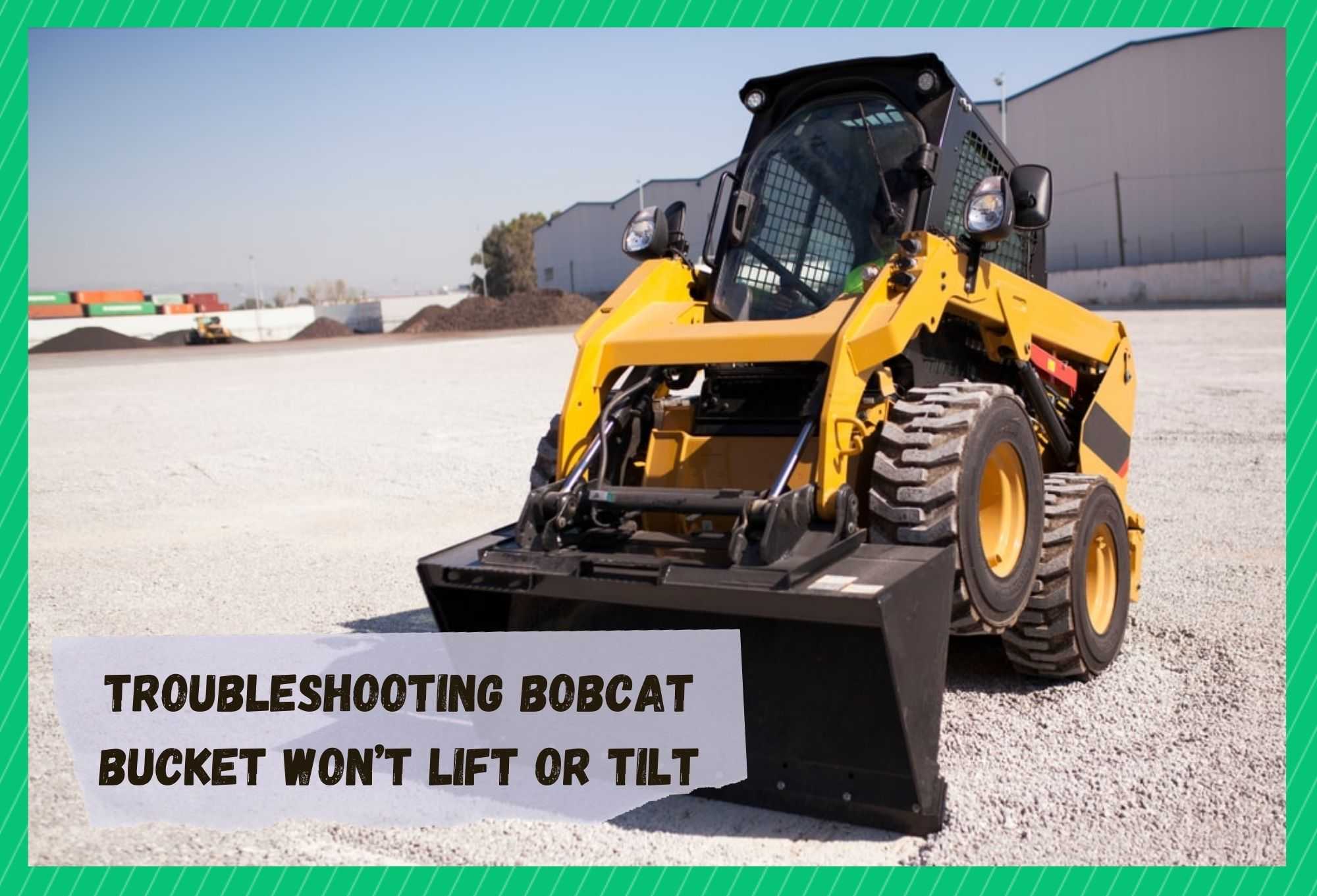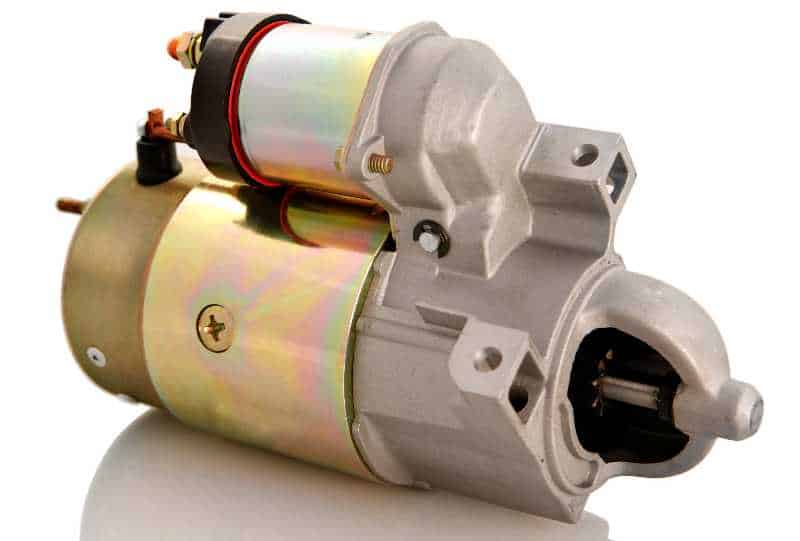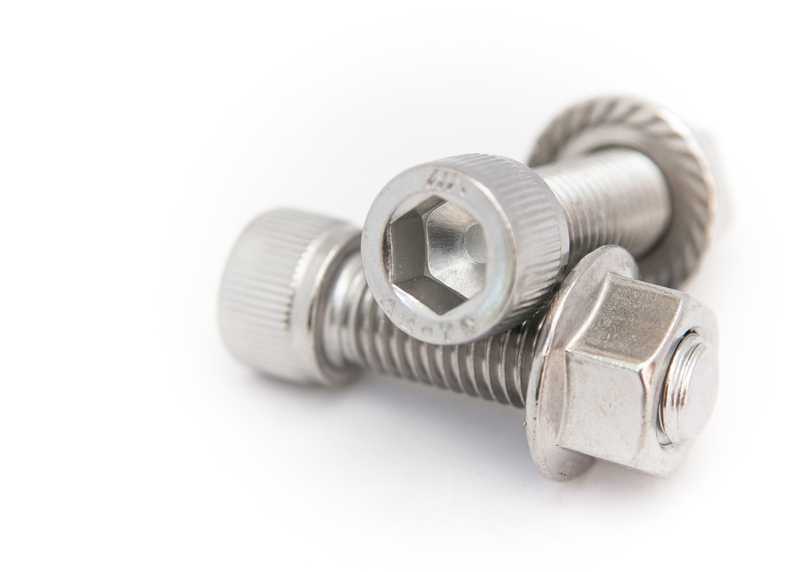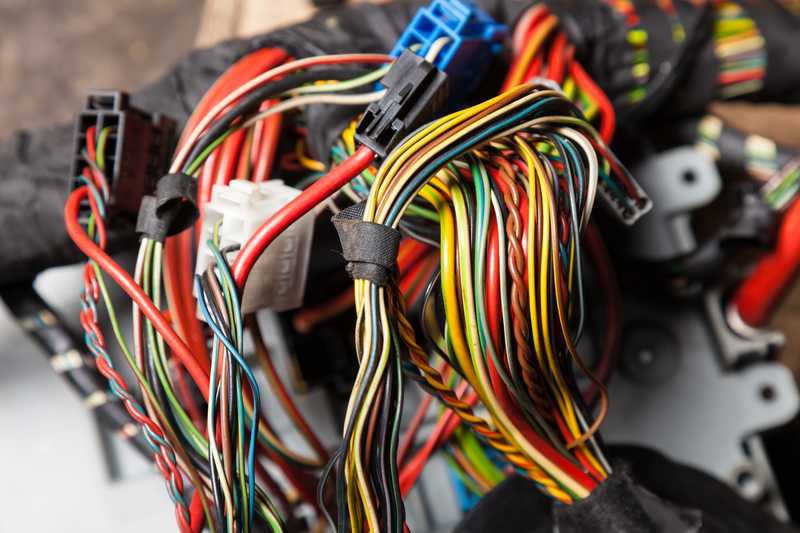
Bobcat is one of the most preferred brands when it comes down to skid steers. Since these skid steers are important in gardening, landscaping, and agriculture, they need to perform optimally to make sure the plantation is done on time.
However, some users have been vocal about Bobcat buckets and steer not being able to lift and tilt.
This problem is quite common but can be easily fixed. Here are 10 methods to troubleshoot this.
Troubleshooting Bobcat Bucket Won’t Lift or Tilt
- Check Safety Switches
First of all, you have to check the intervals when the bucket stops working. This is because if the bucket stops lifting or tilting randomly, there could be some functionality issues with the safety switches.
The safety switches are installed to make sure the bucket doesn’t open accidentally and remains engaged unless it’s instructed to tilt down.
So, when the safety switches are not properly engaged, the bucket won’t be able to perform heavy lifting. The only solution is to get the safety switches replaced with new ones.
However, before you replace the safety switches, check the connection points because the dirty points can also lead to connectivity issues. Usually, cleaning the points optimizes the engagement and disengagement of the safety switches.
On the other hand, if cleaning doesn’t work and the safety switches seem damaged or corroded, you should get them replaced.
Hydraulic fluid is responsible for lubricating different components of the bucket to minimize friction and dissipating heat to prevent overheating. In addition, it can seal in the clearances and prevent contamination and corrosion.
So, when the hydraulic fluid level is low in the vehicle, the bucket will fail to perform optimally because its connections won’t have enough lubrication. It is suggested that you add new hydraulic fluid to the reservoir.
Moreover, make sure that there are no leaks or ill-fitted components in the hydraulic system as it can lead to leakage of the fluid.
In addition to ensuring an optimal level of hydraulic fluid, make sure that you don’t overfill the reservoir either. So, just open the reservoir to check the hydraulic fluid’s level – you can add or remove the fluid according to the current fluid level and the recommended level.
Lastly, you must check the system’s pressure because the hydraulic fluid needs to be sprayed at a certain pressure to ensure it lubricates the parts.
- Defective Solenoid
The issues with solenoid and wiring are quite common and can limit the functionality of the bucket. For this reason, you need to inspect the wiring cluster (it is recommended to hire an expert to inspect the wiring as they understand the electronic connections more).
In case the Bobcat vehicle is under warranty, you should call their official customer support to replace or repair the faulty wiring.
Secondly, you should check the solenoid as it’s responsible to allow the ignition system’s connection with the starter motor – it is basically responsible for turning on the Bobcat.
So, if there are intermittent issues with the solenoid, it won’t send signals to the ignition system, and the starter motor and the bucket won’t tilt or lift. Since this is a small metal piece in the Bobcat’s system, it’s suggested that you get it replaced to ensure a long-term solution.
- Nuts & Bolts
If you’ve been using the Bobcat regularly, it’s likely that regular usage has loosened up the nuts and bolts that hold the bucket in place. These nuts and bolts must be tight to ensure proper tilting and lifting, so inspect them and tighten them if they appear loose.
In addition to this, you must check the nuts and bolts for corrosion because the corroded parts can negatively impact the opening and closure of the bucket. So, if these bolts and nuts are corroded, you have to get them replaced immediately to retrieve the optimal performance of the bucket.
- Hydraulic Couplers
Since Bobcat uses a hydraulic system in their vehicles to ensure seamless closure and opening of the buckets, it’s important to check the hydraulic couplers when the bucket fails to perform the lifting and tiling functions.
The couplers are used to connect the hoses and actuators in place. In simpler words, hydraulic couplers are important to ensure proper connections in the vehicle.
So, when these couplers are damaged, the internal components fail to connect, resulting in improper bucket performance. That being said, you need to get the couplers checked for wear and tear and corrosion. Wear and tear is common in older vehicles but replacing them will solve the issue.
However, it is important to hire a professional mechanic because the coupler is connected to multiple components of the hydraulic system and the mechanic will be able to handle the connections. Also, if any of the hydraulic connections seem loose, get them tightened up as well.
- Pin Alignment
Another reason behind the bucket not lifting and tilting is the inability of attachment locking levers to close down. In the majority of cases, this issue occurs when the pin alignment is disturbed. The pin alignment is responsible for aligning the bucket and positioning the backend components.
However, when these pins are bent or are disengaged, the locking levers will fail to perform and the bucket won’t function normally.
Honestly, this issue is quite severe as you will need to disassemble the bucket area to expose the levers and pin alignments. For this reason, it’s best to hire a mechanic and get them to replace the pin alignment.
- Harness
The bucket is integrated with the cable harness, which is important for transmitting the electrical power or the computer signals to the bucket.
The bucket is controlled through the dashboard’s button, and if the harness is not working, the signals from the button won’t reach the bucket, resulting in lifting and tilting issues.
So, check the harness and check its continuity with an electronic tester to make sure it’s not damaged. In case of zero continuity, you need to get it replaced with a new one. On the other hand, if the harness has continuity, it’s suggested to tighten up its plugs.
- Pinouts
The bucket fails to tilt and lift when the pinouts on your loader’s harness plug are not compatible with the bucket. Keep in mind that the pinouts are model-specific, so check the Bobcat loader’s manual to determine the compatible pinouts.
Lastly, you should always get the pinouts connected by a professional to ensure a secure and tight connection.
- Wires
There are multiple wires connected to the bucket but they can come out or become loose with excessive titling of the bucket. So, we suggest that you turn off your Bobcat loader, disassemble the bucket, and check the wires.
If the wires are loose or have come out, you need to connect them with the plugs tightly. In addition, make sure that the wires are in intact form because damaged cables also lead to performance errors.
- Control Valves
The control valves are designed to control the flow of gas in and out of the engine’s cylinder. These control valves are important to control the pressure of the fuel/gas as well.
So, when these valves fail to perform, the bucket won’t get enough power to operate, hence the tilting and lifting errors. For this reason, you need to get the control valves checked and replace them if they appear frayed or broken.
The Bottom Line
Bobcat has some of the best loaders available but they are susceptible to performance issues just like other vehicles. The bucket’s functionality can be streamlined by following these solutions.
It is better to call the Bobcat technical team to get these mechanical errors fixed, particularly when it’s in warranty as you can claim free repair and parts replacement. In addition to this, you must ensure regular servicing and tuning of the loader to prevent such occurrences.






